This week I have been attending The Seminar, an annual gathering of communication directors for the top Fortune 500 companies. It has been a rewarding experience listening to a variety of speakers on diverse topics, ranging from “The Power of Story,” a superb and engaging talk by Dustin Lance Black, the Academy Award winner for his screenplay of the movie Milk, to “Media Disruptors and The New Normal”, a panel which included David Fahrenhthold , national politics reporter from The Washington Post.
The attendees represent all those companies that we are so familiar with, a part of our daily lives, such as American Express, AT&T, Master Card and Shell, among others. I am here to speak about mobile storytelling, a topic that intrigues so many of the attendees, and that some tell me they don’t think they have conquered yet. I look forward to my presentation to the group Wednesday.
Yet, one question they all ask me during our breakfasts, coffee breaks and cocktail hours:
Who do you think is doing this mobile storytelling best?
This has forced me to think hard, but my answer is unequivocally The Washington Post, with The New York Times almost a tie, or coming up a close second.
Why The Washington Post does it best
A recent piece published by Poynter answers the question. It mentions Jeff Bezos’ ownership as having a lot to do with why The Post embarked into a focused and well directed journey to improve all things digital.
Bezos’s stewardship of the Post has been a rollicking success. Bezos, though, had some advantages, and not just the obvious advantage of being the world’s wealthiest person.
If you are a reader of The Post, you see that stories are crafted especially for mobile, such as this treatment of an analysis about the North Korea/US relationship, which appeared like this for mobile, but treated as an in depth piece for consumption on tablet and print.
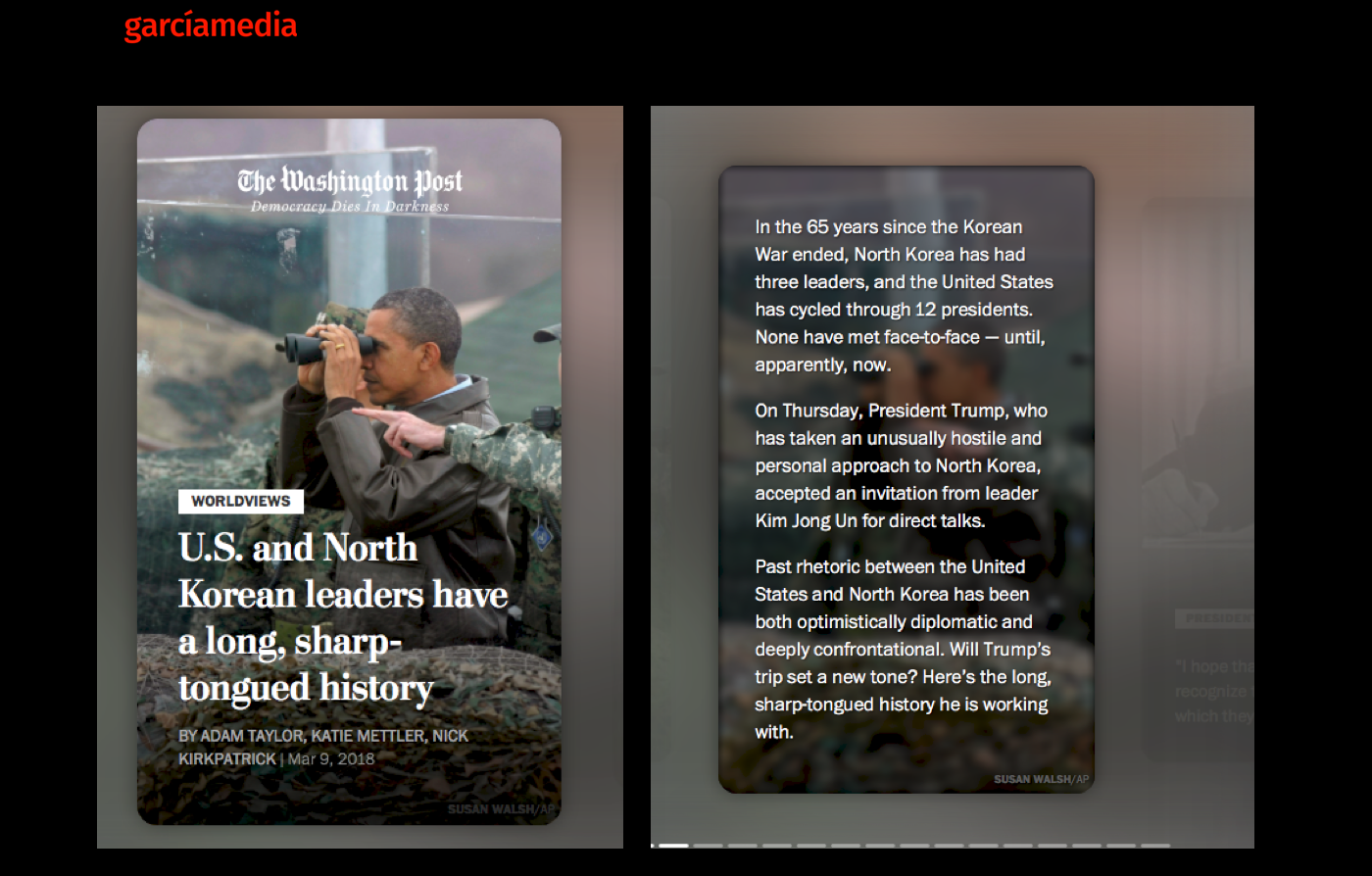
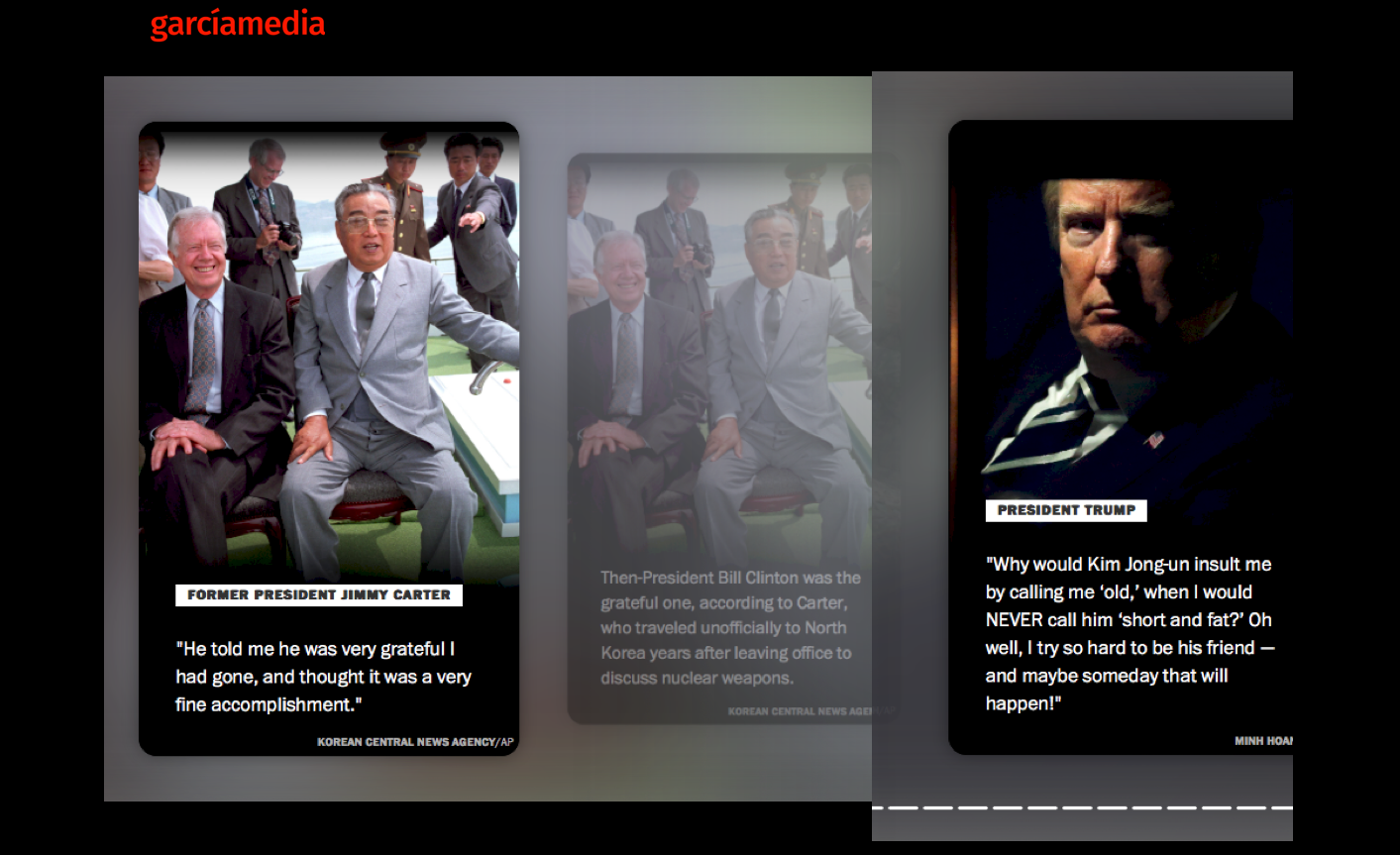
Bezos has invested in top digital talent for The Post. At a time when so many newsrooms are saying goodbye to dozens of journalists, The Post has hired talented technology, journalism and design individuals who believe that there are many ways to present a story, and that one must respect the particular characteristics of a platform. What you put in print is not necessarily what you put into a mobile edition or tablet.
The Post also has its own in-house content management system, Arc, which facilitates the type of visual storytelling that the newspaper is now known and admired for.
The Post’s apps are easy to use. The editorial/design team leads in the area of linear visual storytelling, as in this story, using graphics as visual assets to explain the story:
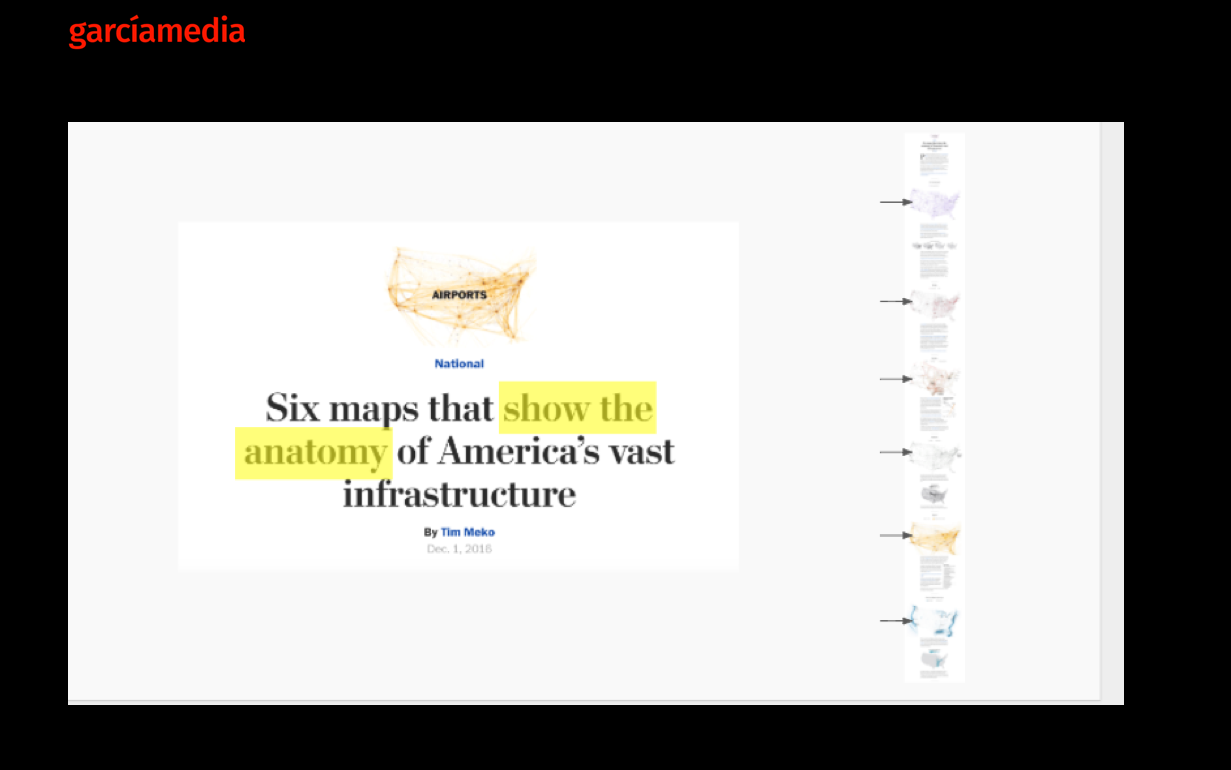
There is also new product development, as in The Lilly, and The Post Most, real favorites of the audience:



As the Poynter piece reminds us:
The result of all this is an operation that is growing and making money. Although the Post, as a privately held company, is guarded in the numbers that it releases, it claims to have been profitable for each of the past two years and to have signed up more than a million paid digital subscribers — fewer than The New York Times’s 3 million-plus, but more than just about anyone else.
Preview of my WAN IFRA Congress talk
Appealing to the senses via mobile storytelling;
https://blog.wan-ifra.org/2018/05/30/appealing-to-more-senses-with-mobile-storytelling
Mario’s Speaking Engagements

June 7-8—WAN-IFRA World Congress, Lisbon, Portugal
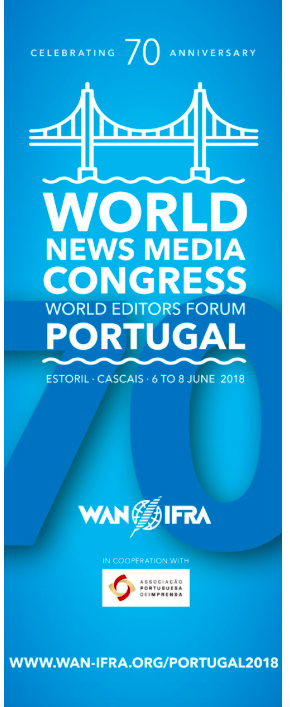
For more: http://events.wan-ifra.org/events/70th-world-news-media-congress-25th-world-editors-forum
June 12-14, CUE Days , Aarhus, Denmark
http://www.ccieurope.com/news/6738/Video_What_is_CUE_Days_2018

August 2, Digital House (Facebook workshop), Buenos Aires

October 6, 20, 27–King’s College, New York City
The Basics of Visual Journalism seminars

Garcia Media: Over 25 years at your service
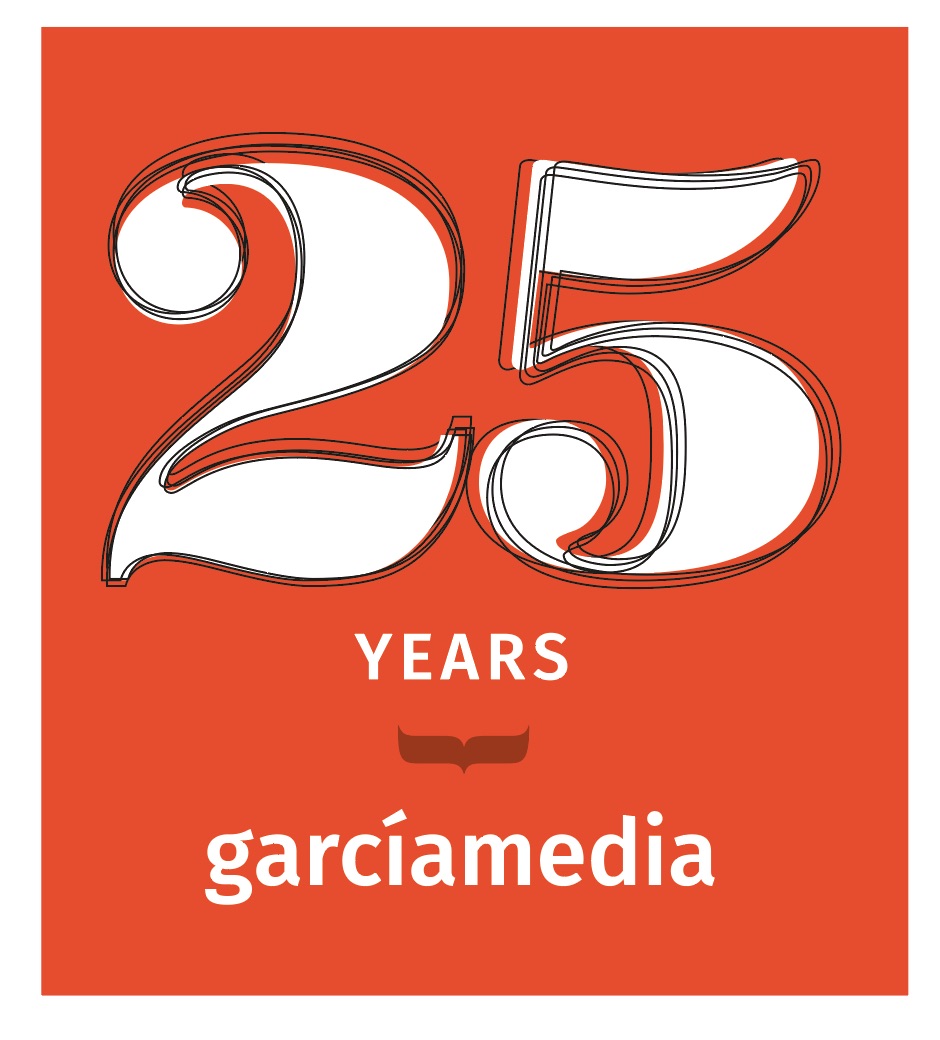
TheMarioBlog post #2854
